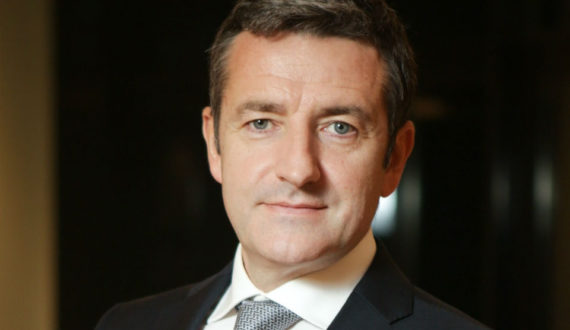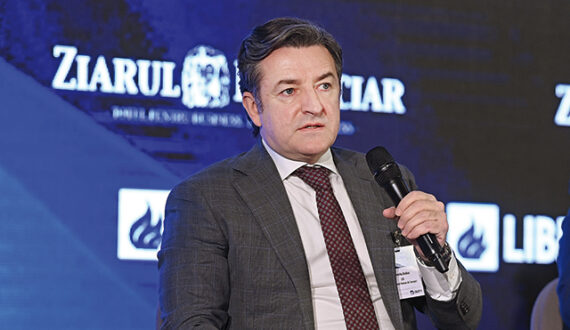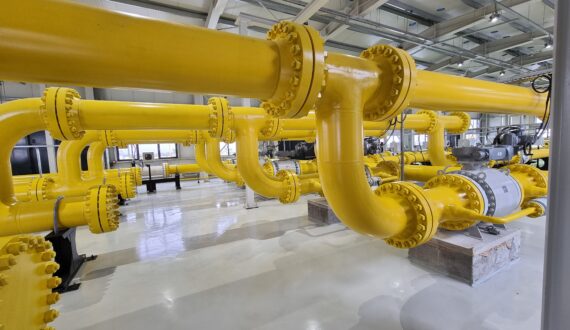Installing photovoltaic panels is not an easy task. It all starts long before the team of installers reaches the customer. We just have to think about all the approvals that must be obtained before the actual scheduling of the installation but also about the trainings that were carried out with the teams of installers.
The first installations of photovoltaic panels were performed after a theoretical and practical training, the first assembly experiences were performed for colleagues in our company.
Before actually starting the programming of the installations in the country, the training sessions regarding the occupational health and safety norms but also the PSI norms were carried out, following that after that, all the teams of installers will benefit from a communication training with the client and communication in crisis situations.
The scheduling of the installations followed, which is not at all simple from a logistical point of view, considering that both the client’s requirements (his availability) and the efficient organization of the teams in terms of time / travel from one location to another must be observed.
The scheduling of the installations is done in parallel with the insurance of the stocks of materials (panels, accessories) so that all the equipment is ensured before the trip to the client. In addition, it takes a little chance, if the scheduled installations are when the weather is capricious. It is quite difficult if not impossible to make an installation of photovoltaic panels when it is raining.
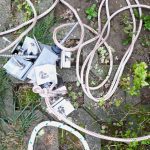 The actual assembly of the panels and their commissioning (connection to the panel) involves people with different specializations and authorizations, so that teams of three to five people are involved in such an action.
The actual assembly of the panels and their commissioning (connection to the panel) involves people with different specializations and authorizations, so that teams of three to five people are involved in such an action.
The movement of the team and the necessary equipment is scheduled so that the time agreed with the client is observed. Once on site, our colleagues put on their protective equipment, unload the work equipment (photovoltaic panels, accessories, work utensils) and the ladder which is very large and difficult to handle, so it takes at least two people to mount it.
Next is the finding of the climbing points insurance points, their insurance and the prospecting of the place where the panels will be mounted.
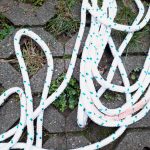 Technical solution: Discussions with the client bring to the fore his wishes, his vision of how he would like the panels to be mounted. Of course, they must be mounted, above all, so as to capture maximum heat and light throughout the day. Depending on the positioning of the house and the roof, depending on the degree of inclination of the roof, it is decided where the solar panels will be mounted.
Technical solution: Discussions with the client bring to the fore his wishes, his vision of how he would like the panels to be mounted. Of course, they must be mounted, above all, so as to capture maximum heat and light throughout the day. Depending on the positioning of the house and the roof, depending on the degree of inclination of the roof, it is decided where the solar panels will be mounted.
Sometimes the client’s desire does not match the real conditions and the indications of our team of specialists. But the experience of our teams and their seriousness make the recommended technical solutions to be accepted by the client.
At this point it must be specified that no installation is similar to each other. There are installations that last four hours but also installations that lasted ten hours. For example, depending on the tiles on the roof, 400 tiles had to be polished during installation.
After deciding where the panels will be installed, the logistical organization follows: where the panels will be mounted on the house, where the wires will come so that they are protected and covered and where they will be pulled to be connected to the panel. In the case of the installation we are talking about, the wires were hidden and secured behind the ridges from the tile.
Next, the roof is drilled to install the connections that ensure the photovoltaic panels, the removal of the snow guards and the plugging of the holes left by the snow guards.
A panel weighs 18 kg and for 3kw we mount twelve such panels. It is said that eleven panels would be enough for 3kw, but if space allows, we will install twelve. At this installation, seven with five panels were installed.
The actual development of the action takes place with two colleagues climbing on the roof of the house and a colleague who, from below, climbs them, one by one, tied and secured by the tools necessary to start the installation of the panels. While not helping other colleagues, he is working on mounting the inverter and the data transmission panel.
After preparing the roof, the effective installation of the panels follows. Each panel is tied and secured down and then raised on the acoepris. There it is mounted and only after that the next panel is raised. The experience of our teams makes all this seem easy, our colleagues know every step that follows, they are extremely organized so that there are no incidents.
After installing all twelve panels, the wiring of the safety panel and the inverter follows. The wires are cut with surgical precision and marked and isolated separately. They are then mined on the roof where they are tied to the solar panels.
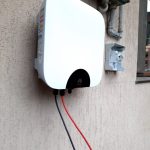 Depending on the electrical panel at each location, assembly and commissioning can take place on the same day but there are situations where the old electrical installation or the old panels involve another team responsible for replacing the panels and meters, which can delay commissioning. function with one day, maximum two.
Depending on the electrical panel at each location, assembly and commissioning can take place on the same day but there are situations where the old electrical installation or the old panels involve another team responsible for replacing the panels and meters, which can delay commissioning. function with one day, maximum two.
At the end, after the panels have been installed and put into operation, our team hands over the customer’s guarantee, carries out a short training and assures him of his availability in case of any problems. The next step is to gather the equipment and prepare for the next day and a new successful installation.
Green Romania: How to install photovoltaic panels? Adrem's Experience



